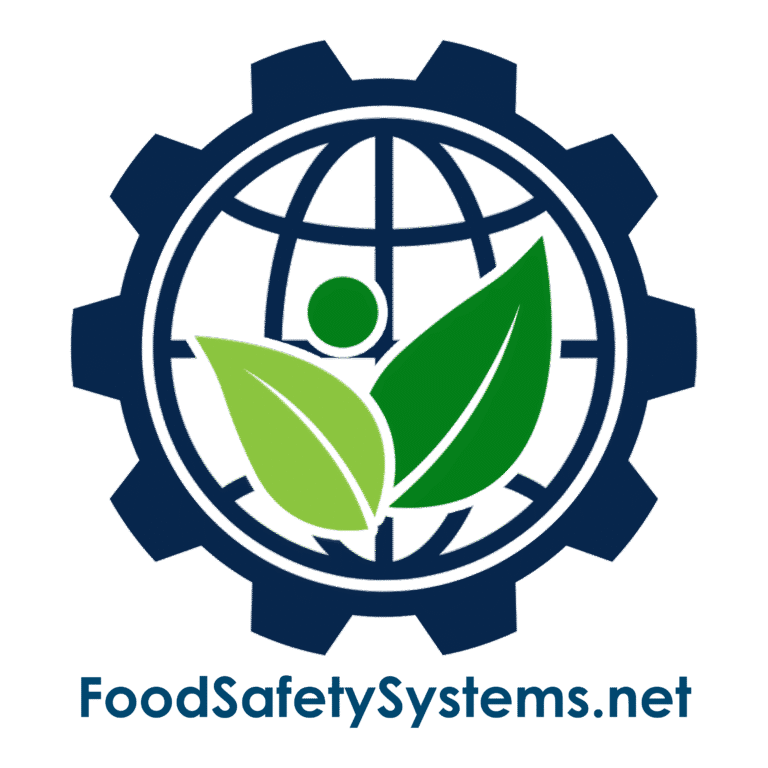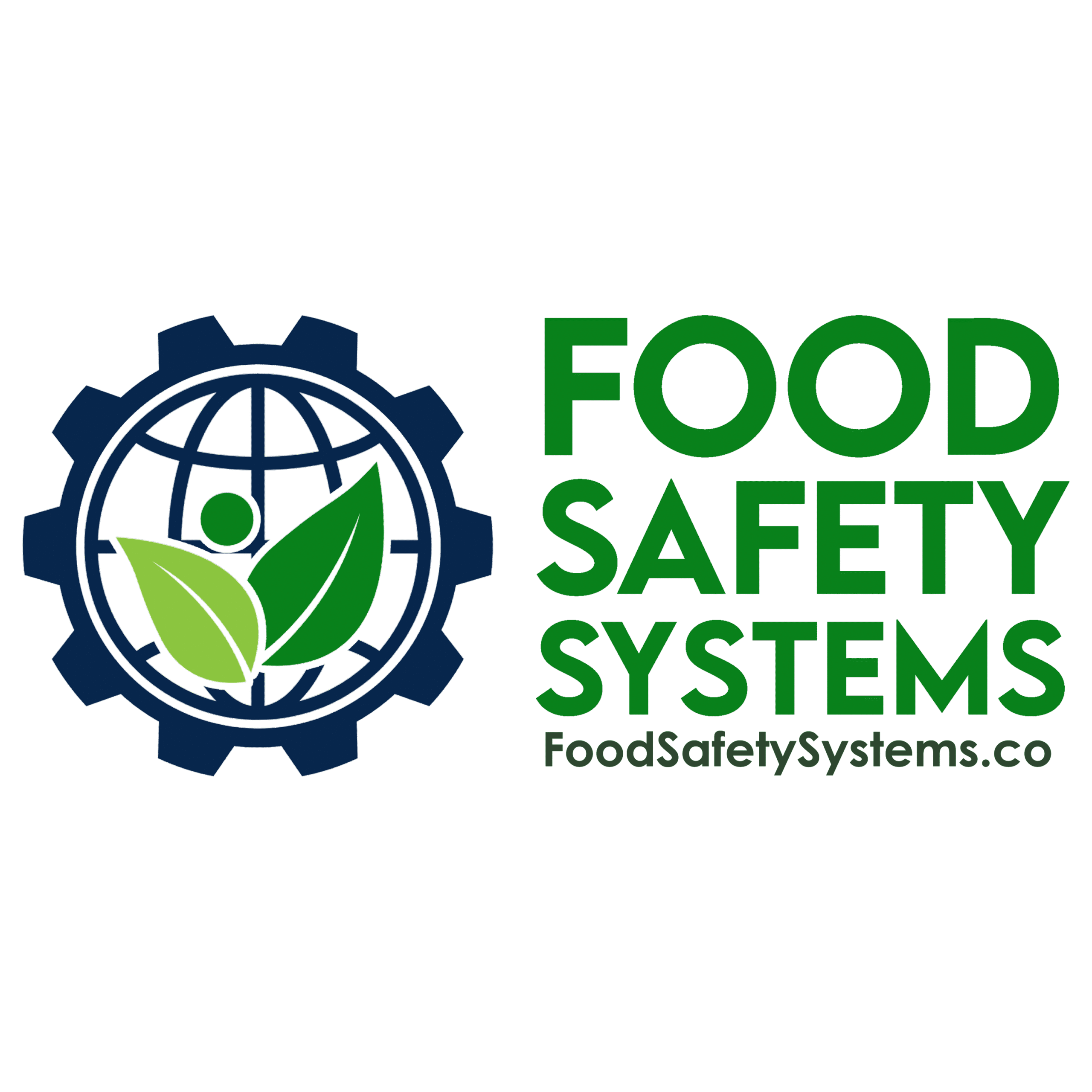Traceability Systems

Aligned with FSSC 22000 Requirements – Traceability
Requirement Overview
FSSC 22000 requires organizations to establish and maintain an effective traceability system that enables identification of product lots and their link to raw materials, packaging, processing, and distribution.
The system must provide the ability to trace one step forward and one step back across the supply chain, supporting the rapid identification and withdrawal of products in the event of a food safety issue.
Traceability underpins legal compliance, customer requirements, and certification expectations while ensuring supply chain accountability and product safety.
Aligned with BRCGS for Storage & Distribution Issue 4 – Clause 4.3.1 & 4.3.3
Requirement Overview
BRCGS for Storage & Distribution requires that products moved via cross-docking are traceable and controlled at all times, even when they are not held in storage for extended periods.
Clause 4.3.1: “The company shall ensure that traceability is maintained at all stages, including during cross-docking operations.”
Clause 4.3.3: “Procedures shall be in place to ensure that all products handled, including those not stored on-site, remain under control and are not subject to contamination or substitution.”
Cross-docking operations must not compromise product traceability, safety, or integrity. Even with minimal handling and temporary presence, each product must be accurately identified, documented, and protected.

Key Compliance Objectives
-
✓ Ensure full traceability from raw materials through finished products
✓ Support effective and timely product withdrawals or recalls
✓ Demonstrate compliance with regulatory and customer requirements
✓ Maintain traceability records and conduct system tests at planned intervals
Step-by-Step Compliance Implementation
1. Map the Traceability Flow
-
Steps to Include:
-
• Identify traceability points for raw materials, packaging, WIP, and finished goods
• Assign unique batch/lot codes for all materials and products
• Link materials to supplier, processing, and distribution data
Evidence to Maintain:
-
• Process flow diagrams with traceability checkpoints
• Traceability matrix (raw → process → finished goods)
• Example lot codes and trace logs
- • Identify traceability points for raw materials, packaging, WIP, and finished goods • Assign unique batch/lot codes for all materials and products • Link materials to supplier, processing, and distribution data
- • Process flow diagrams with traceability checkpoints • Traceability matrix (raw → process → finished goods) • Example lot codes and trace logs
2. Implement Batch Coding and Labeling
-
Requirements:
-
• Batch/lot codes must be clear, legible, and standardized
• Codes should link directly to production and dispatch records
• System must integrate with ERP or manual inventory controls
Evidence to Maintain:
-
• SOPs for batch coding and labeling
• Label samples and coding formats
• Label verification and coding check logs
- • Batch/lot codes must be clear, legible, and standardized • Codes should link directly to production and dispatch records • System must integrate with ERP or manual inventory controls
- • SOPs for batch coding and labeling • Label samples and coding formats • Label verification and coding check logs
3. Maintain Supplier and Ingredient Trace Records
-
Tracking Should Include:
-
• Supplier information, batch numbers, and delivery details
• Packaging material traceability
• Receiving inspections and acceptance criteria
Evidence to Maintain:
-
• Supplier batch and delivery records
• Receiving QC checklists
• Approved supplier list with linked traceability records
- • Supplier information, batch numbers, and delivery details • Packaging material traceability • Receiving inspections and acceptance criteria
- • Supplier batch and delivery records • Receiving QC checklists • Approved supplier list with linked traceability records
4. Track Finished Product Distribution
-
Key Points:
-
• Link finished goods to dispatch and shipping records
• Maintain traceability up to customer level
• Integrate lot-level tracking into ERP or manual logs
Evidence to Maintain:
-
• Shipping and delivery records
• Dispatch logs linked to batch numbers
• Customer trace records
- • Link finished goods to dispatch and shipping records • Maintain traceability up to customer level • Integrate lot-level tracking into ERP or manual logs
- • Shipping and delivery records • Dispatch logs linked to batch numbers • Customer trace records
5. Test the Traceability System Regularly
-
Test Objectives:
-
• Select a product and trace it back to all inputs and forward to customers
• Complete the trace within a defined timeframe (e.g., 4 hours)
• Identify documentation gaps or weaknesses in the system
Evidence to Maintain:
-
• Mock traceability test reports
• Drill results and evaluation forms
• Corrective action plans and system updates
- • Select a product and trace it back to all inputs and forward to customers • Complete the trace within a defined timeframe (e.g., 4 hours) • Identify documentation gaps or weaknesses in the system
- • Mock traceability test reports • Drill results and evaluation forms • Corrective action plans and system updates
Common Audit Findings & Recommended Fixes
| Audit Finding | Recommended Action |
|---|---|
| Incomplete or delayed traceability results | Conduct regular mock traceability drills and strengthen record linkages |
| Lack of documented traceability system | Develop and maintain a written traceability SOP |
| Unclear or inconsistent batch codes | Standardize batch coding formats and conduct periodic label audits |
| Missing supplier trace documentation | Require complete delivery, batch, and COA records from suppliers |
Auditor Verification Checklist
During an audit, be prepared to provide:
-
• Documented traceability procedures
• Batch and lot records linking raw materials to finished product
• Distribution logs with customer-level detail
• Records of mock traceability tests and corrective actions
• Samples of labels and coding verification records
Implementation Roadmap
Build Your System
-
✓ Create traceability maps and coding protocols
✓ Define trace checkpoints throughout the process
Train and Apply
-
✓ Train employees on labeling, coding, and recordkeeping
✓ Reinforce accountability for accurate documentation
Monitor and Audit
-
✓ Conduct scheduled traceability tests
✓ Review supplier, production, and distribution trace records
Improve Continuously
-
✓ Update traceability procedures based on test results
✓ Address weaknesses in forward and backward traceability
Why This Matters?
-
✓ Enables rapid and effective product withdrawal or recall
✓ Demonstrates compliance with regulatory and certification standards
✓ Builds trust and confidence with customers and auditors
✓ Enhances supply chain visibility and accountability
Support Tools Available
Food Safety Systems provides:
-
✓ Traceability SOP templates
✓ Sample logs, batch coding charts, and traceability matrices
✓ Mock traceability drill forms and evaluation tools
✓ Supplier traceability and receiving checklists
Privacy Policy | Terms of Service
Powered by interlinkIQ.com, Developed by ITBlaster.net, Owned and Operated by Consultare Inc. Group, A Compliance Company. All Rights Reserved.







